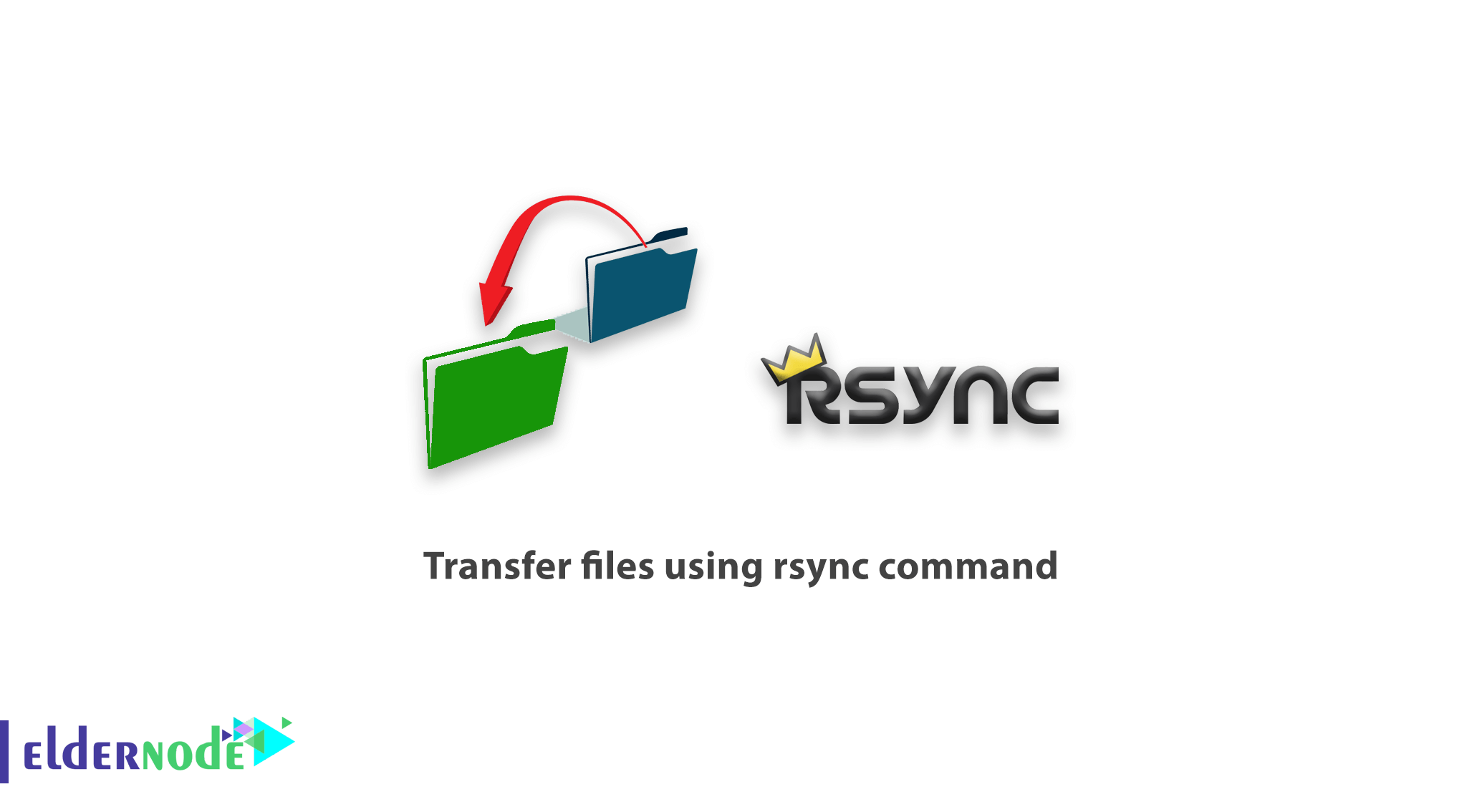
[Updated on: 2021-01-04] Remote Sync is a famous command which is used to copy and synchronizes files, data, and directions remotely. You can do all these activities remotely and locally across directories (In Linux/Unix), across disks, and networks, perform data backups and mirroring between two Linux machines. Join us with this article to learn How to transfer files using rsync command. While you wish to work with Linux VPS or RDP Admin, this article would be useful to you.
Table of Contents
Tutorial Transfer Files Using rsync Command
To let this tutorial work better, please consider the below Prerequisites:
The utility of rsync should have been installed on both the source and the destination systems. In case you have not installed it before, you can do that by distribution’s package manager:
For Ubuntu and Debian:
sudo apt install rsyncFor CentOs and Fedora:
sudo yum install rsyncTransfer Files With rsync Command Step By Step
If you work with the system remotely, using the rsync command to copy and sync files would be efficient since it supports copying links, owners, groups, and permissions. The main reason for using the rsync command is that it is faster than the Secure Copy.
The basic syntax of rsync command is as below:
rsync options source destinationThe rsync command can be used to transfer files to SSH.
rsync [options] source destination Example: Transfer multiple files:
rsync [email protected]:/root Instead of the root, you can use your own username.
The rsync command also has a number of options, which are best used when using this command:
-a: Archive mode
-v: Verbose mode
-z: Compression during transfer (for faster transfer)
–progress: To display a list of submitted items
Example:
rsync -azv --progress *[email protected]:/home If the rsync command is interrupted, You can use the -a option. Using this option prevents files from being overwritten and only files that are not at the destination are transferred.
The rsync command works by default with port 22 of the SSH protocol. If the destination server does not use port 22, you can use the following option:
--rsh='ssh -p22' Put your favorite port number instead of 22.
If you receive the following error while executing this command, it is because the rsync packet is not installed on the destination server.
rsync: Connection unexpectedly closed (0 bytes recived so for ) [Sender] rsync: Error: Rewrote command not found (code 127/ atioc 456) [Sender] Learn Transfer Files Using rsync Command
Conclusion
In this article, you learned How To Transfer Files Using rsync Command. Using the remote-update protocol, the rsync command allows transferring just the difference between two sets of files. rsync command copies the whole content of a file or a directory from source to destination for the first time, but then, will copy the changed blocks and bytes to the destination. In case you are interested to read more, find our related article on 21 Most Used Commands in SSH and Linux.




